Alexandrite is one of the most beautiful, unusual stones and is an incredibly popular jewel. It is distinguished by its unique ability to change shades and even colors depending on the lighting. Since a natural mineral is a very rare occurrence, its price is quite high. Fortunately, modern technologies make it possible to grow nanostones, which practically do not differ in appearance from natural ones.
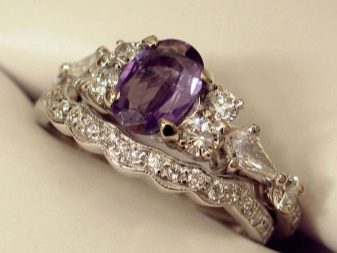
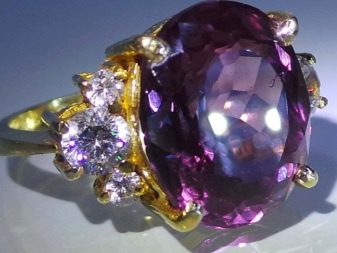
What it is?
Natural alexandrite refers to chrysoberyls interspersed with vanadium, chromium, it is distinguished by transparency, depth and richness of color. But such instances of alexandrites are a rarity, most often in nature there are stones that are not distinguished by purity, with turbidity. The color scheme is very variable - from greens with blue and olive, to a tan palette. When changing lighting, minerals are able to change their color.
Synthetic alexandrite, or hydrothermal, created by humans in laboratory conditions by the Czochralski method, or crystallization. Nanone stones are created by mixing small particles of natural minerals with a variety of chemical components. In creating artificially grown alexandrite, it was just as important to preserve the effect of color change, which was allowed by the hydrothermal method of creation. The stone obtained in this way is more bright, its hue is deep and juicy compared to natural.
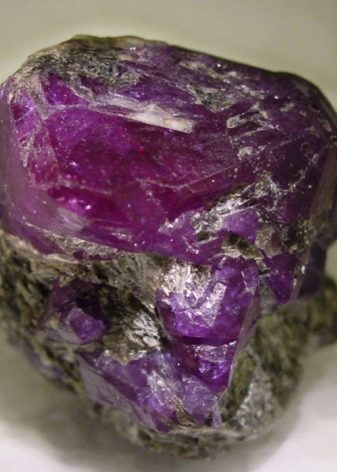
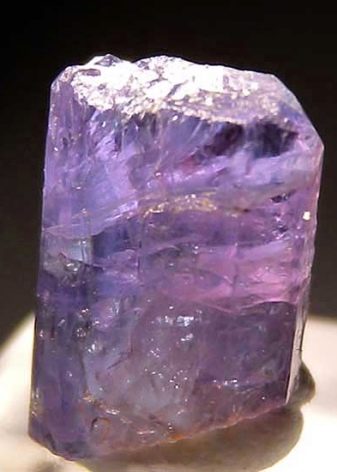
The properties
Synthesized alexandrite is more in demand in modern jewelry, since natural stone is quite rare, the price, respectively, is also quite high. In laboratories, stones are created on the basis of natural particles of alexandrite obtained by cutting natural stones.
Hydrothermal stone has great transparency and purity, and has no impurities. As for the color gamut, modern technologies allow the formation of stones of any color from green to purple, while preserving the effect of iridescence, trichroism. Such stones are much cheaper than natural relatives, while externally retaining all its qualities, and other properties are almost identical.
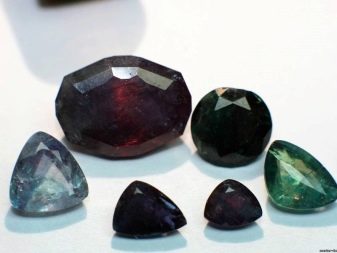

How to create?
Grown alexandrite had the greatest popularity when the USSR was, then in jewelry departments it was sold without indicating origin. It turned out to create the most dimensional stones after the Czochralski method was discovered. He allowed not only to stretch, but also to pull crystals up from the alloy. From the time of the Soviet Union to the present, Novosibirsk has been a center for the production of artificial alexandrites.
The quality of these stones is so high that nanoalexandrites are often sold abroad as natural, the difference is almost imperceptible. The method allows you to get crystals within one week, which change the shades in the same way as natural material.

They produce alexandrites not only in Russia, Japanese laboratories producing stones of yellow-green and violet-red tones are very successful. Moreover, greens are observed slightly less than in natural ones.
How to distinguish artificial stone from natural?
If you want to buy a natural, real alexandrite, you must ask for a certificate of conformity at the point of sale, and it is desirable that it be confirmed by other documents and have the opportunity to verify its authenticity in the author organization. Determining authenticity at home is extremely difficult, even synthetic alexandrite may not be in the decoration, because fakes are very common.
Instead of alexandrite, natural or synthetic, cubic zirconias or other artificial stones that are similar in color are often sold. It is not possible to determine the authenticity without special equipment, especially when it comes to nanoalexandrite.
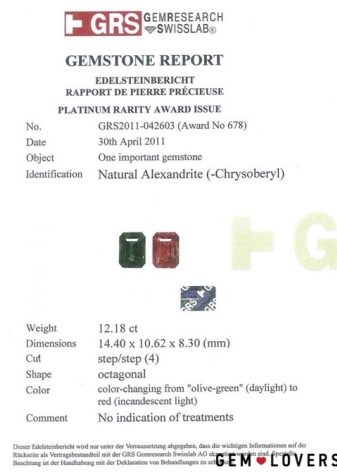

Imitation of alexandrite is most often represented by several options.
Chrome glass
This method is used to create Swarovski crystals. It is rather fragile, to find out that this is a fake, light will help, overflows will tell almost everything about the stone, especially since it is unable to change color. If you hold something sharp on the stone, a scratch will immediately appear.
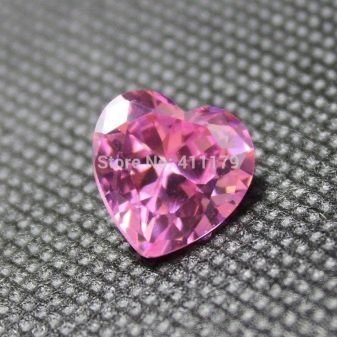
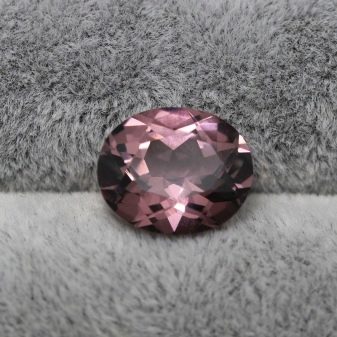
Artificial corundum
It will be very difficult to find the differences here, since it is this material that is often used to produce nanoalexandrite. Moreover, the synthetic stone will be stronger than natural, the shades will almost completely match. The only way is inspection in the light, where the nanostone will be cast with yellowness, natural - with all the colors of the palette. In modern production, corundum has lost ground in favor of spinel.
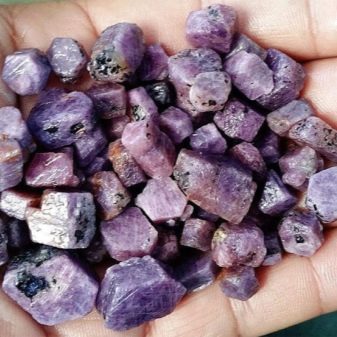
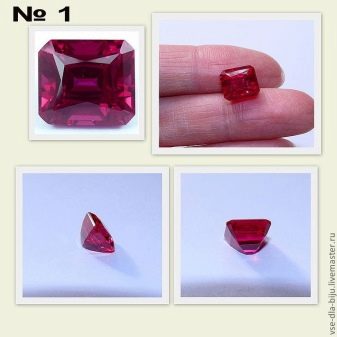
Spinel
The most common material for the manufacture of nanowires, and it almost completely recreates the original, although there are still differences. For example, the absolute absence of yellow tide, in addition, spinel will have a deep tint of violet in the light, while natural alexandrite is green and red.
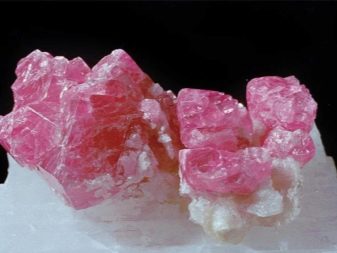
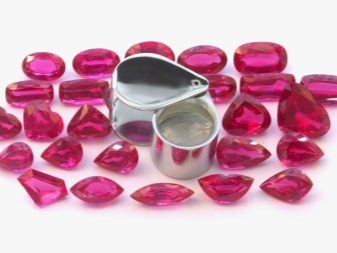
Andalusite
This natural stone is not grown artificially, but despite this, it often replaces alexandrite in jewelry, as it is characterized by stunning iridescence and similar shades. Its price is low, so in jewelry it is used quite actively, especially in silver.

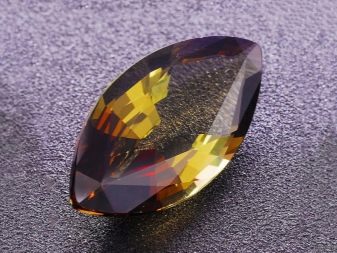
Tourmaline
Another natural stone with a large number of species, some of them are difficult to distinguish from alexandrite, since they include the same color palettes: red, green. The value of the stone is still in question, because the amount of natural tourmaline on the planet is still unknown.
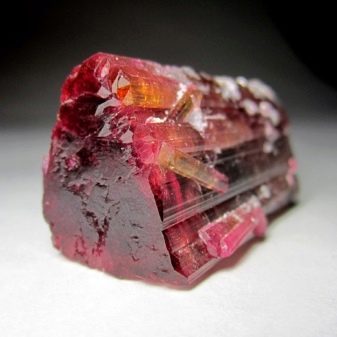

Ruby
A stone very similar to alexandrite, sometimes only a specialist can distinguish them. It is just as solid in quality, but costs an order of magnitude cheaper. At the same time, rubies can be more iridescent than alexandrites.
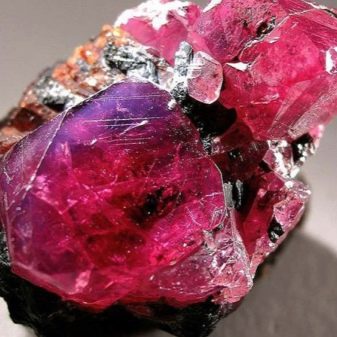
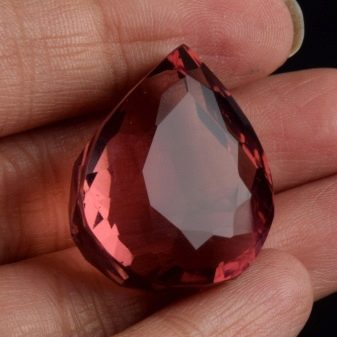
Zircon and spodumene
The weakest imitation, which does not stand even a superficial comparison. Just look at the stones to determine more modest colors, lack of purity, iridescentness and the ability to change color.

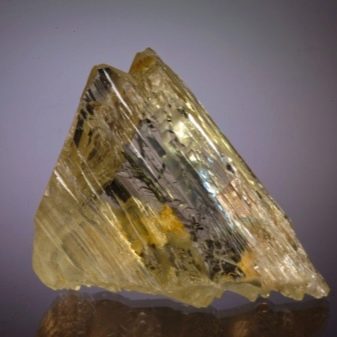
Characteristic differences that allow you to determine the difference between natural stone and high-quality synthetic:
- wavy color distribution when looking askance;
- there is the impression of a cat's eye;
- double glare that is absent in natural stone;
- strange glow in layering;
- the presence of bubbles.
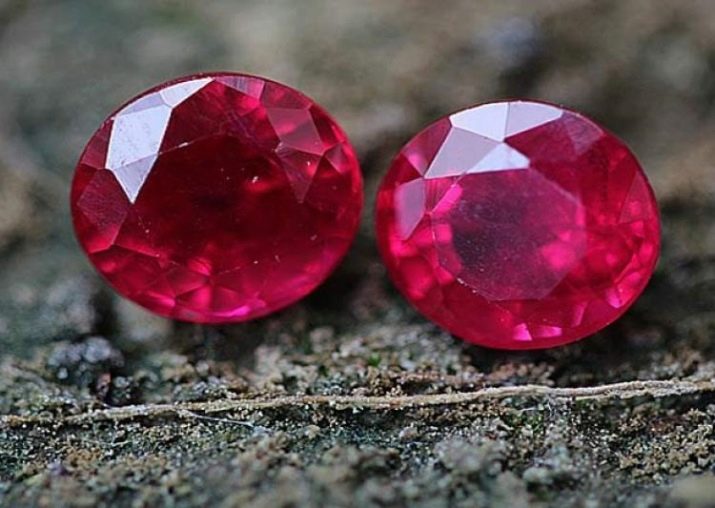
All this can be easily seen with a magnifying device.
How to wear and care?
Alexandrite does not require too careful care, especially since an artificial stone is more durable than natural. Nevertheless, there are a number of rules that are recommended to be followed.
- Careful wearing. If you want nanoalexandrite to shine and keep its color, avoid contact with chemicals, cleaning products. Remove the stone before using them.
- Proper cleaning. They clean the stone in only one way: they prepare warm water and create a light soap solution into which the jewelry is sent. After 15-20 minutes, it is removed, washed and wiped.
- Proper storage. The ideal place for this is dry, dark, not hot. In addition, contact with other jewelry should be excluded or wrapped with cloth.
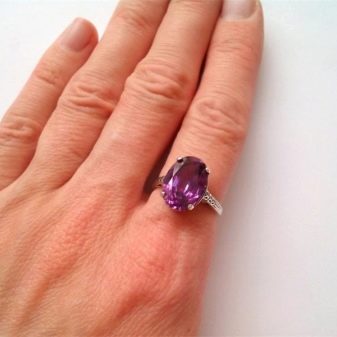

Despite the artificial origin, the crumb itself from which the stones are grown has a natural, mineral composition. Therefore, nanoalexandrite also has magical properties. In order for the stone to benefit to the maximum and not harm, it is necessary to observe the rules for wearing it.
- Buy a kit. Alexandrite was often called the widow, as he is able to bring unhappiness in his personal life. Wearing a pair will help prevent this, so the negative effect is neutralized.
- Golden rim. It is this frame that enhances the magical and healing properties of alexandrite.
- Pick up a pair. Alexandrite feels pretty good with almost any minerals, does not conflict. Only one neighborhood with a ruby should be avoided. These gems are not worn together.
- If you are going to leave the house, lastly wear jewelry, returning, take off first. Do not wear them at night.
- Watch for color changes. If the pebble often changes color for no reason, check the sugar level, this can be an alarm.
- According to astrologers, nanoalexandrite is perfectly compatible with Scorpio, Pisces and Gemini. Aries is allowed to be worn, it is not necessary to purchase such things to Virgo, Cancer, Taurus, Sagittarius.
- Twins should wear this jewelry if they want to find harmony, since it does not quench curiosity, but at the same time balances the character.
- Alexandrite brings scorpions the desire and opportunity to follow the dream. Any obstacles will be overcome much easier.
- Lions and Aquarius will be able to break through thorns, console the raging passions, develop creativity.
- Refuse to wear this jewelry if you don’t feel positive enough in yourself. Permanent negativity will be enhanced by decoration.
Real alexandrites mined in the Urals are incredibly expensive and are not sold in jewelry stores; they can only be found at auctions.If you dream of such an ornament, it is better to opt for nanowires. They have the same external characteristics, but are much cheaper.
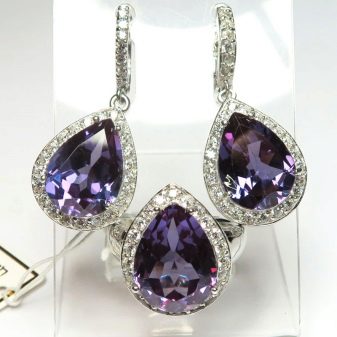

For how to distinguish natural from synthetic stone, see the next video.










